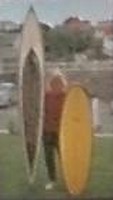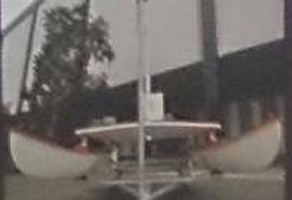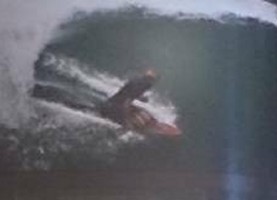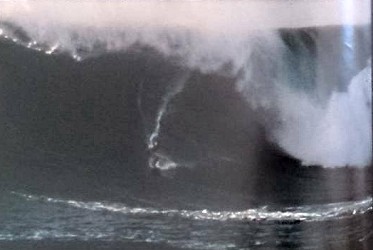
surfresearch.com.au
spencer : surf international editorial, 1970.
spencer : surf international editorial, 1970.
|
|
|
|
|
|
 |
surfresearch.com.au
spencer : surf international editorial, 1970. |
 1. The Giant, the Midget, the Ordinary. |
 2. The Hobie Cat. |
 3.
Bellyboard (sic) Nearly sinking.
|
 4. The Little Yellow Zippy Board. |
 5. Those Flaming Porpoises. |
 6. Trying to do it Like the Porpoises. |

|
|
|
|
|
|